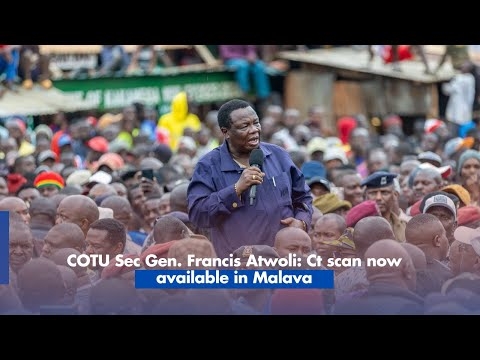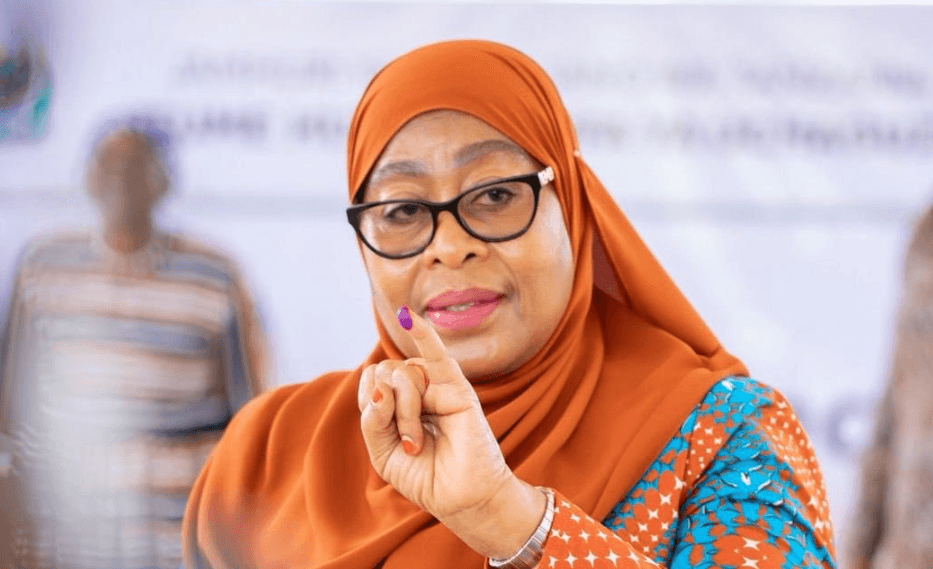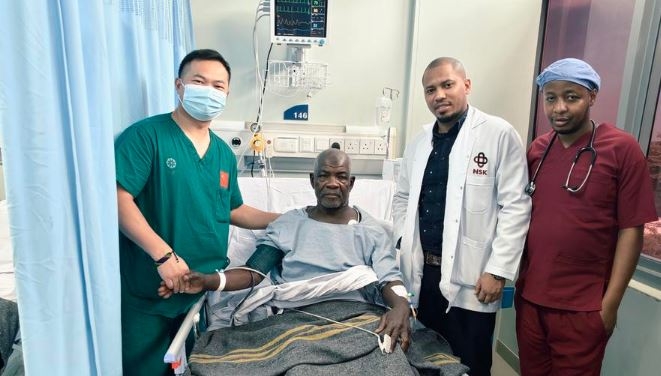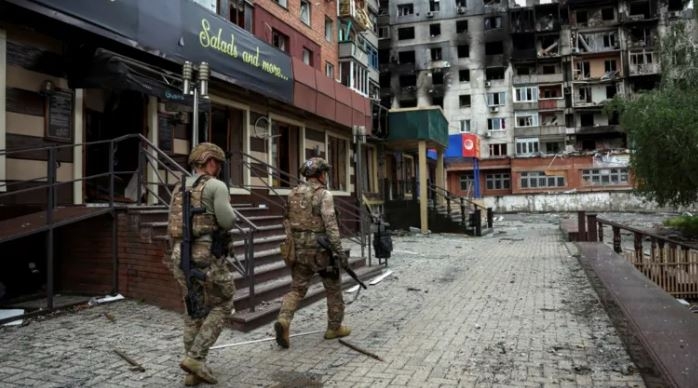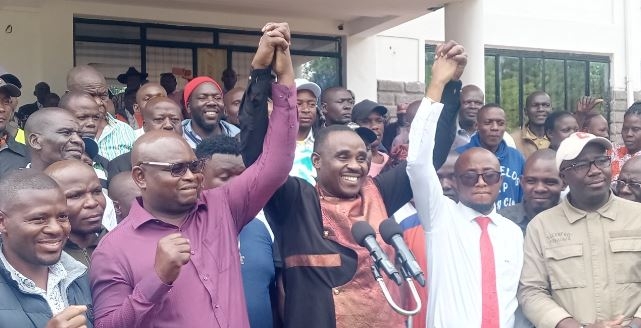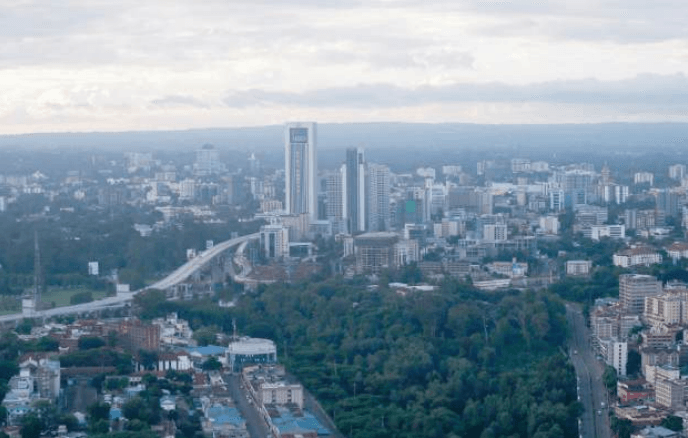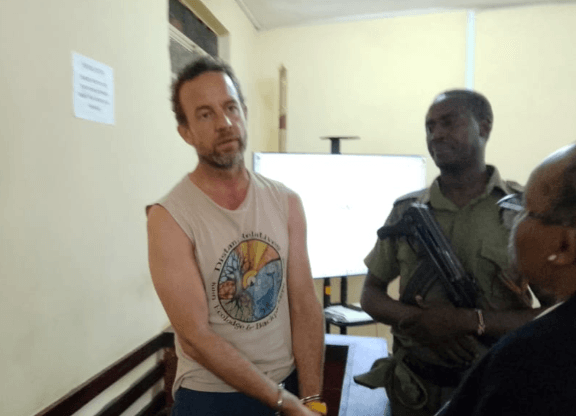The number of analysts and commentators on the ongoing protests branded the Gen Z protests grows by the day, with some more similar to the others than others.
Since I fall in the millennial generation, which preceded Gen Z and who form a considerable force behind this agitation, it would be amiss if I failed to give my take on the same.
The similarities between these two age groups are so numerous that they form a unitary force. They are both digital natives; very proficient at using digital technologies and engaging socially online. One of their core values is embracing diversity and advocating social justice and equality irrespective of background.
This makes them conscious of social conditions and political directions to which they sometimes react by boycotts. Finance is a key component in this age group, and they strive for financial security often not shy to explore opportunities where previous generations saw none.
This being the face of the protesters, what are the ingredients of successful protests that can be scaled sustainably to achieve desired results?
First and foremost, a protest needs clear and succinct objectives and demands which lack ambiguities that could cause confusion or lend themselves to alternative and conflicting meanings. The validity of the demands and objectives is always subject to debate depending on the viewpoint.
Secondly, mass participation is paramount if the protest is to have meaningful impact and further the attainment of objectives.
The use of media is the third component which is critical to the sustainability of the protests. This entails breaking down, explaining and making the objectives consumable to a larger public to grow the support base. With the proliferation of social media, complex ideas are made colloquial and easy to relate to.
Lastly, a protest needs focused and committed leadership bearing the vision. Protests need to identify and align their targets, craft messaging and branding, plan for the type of protest whether march, sit down or blockade, determine the location and route of protest and safety protocols.
In the scheme of things, the first week of protests can be said to have been successful. However, how do protests transition into power of influence to determine legislation and policy?
The way a country is governed, and the government makes rules and laws to manage the livelihood of its citizens is a definition of politics.
The government derives its legitimacy through elections, its power of coercion, through its control of security forces, its resources and influence by being the custodian of the nation’s wealth.
It follows therefore that if protesters have the objective of sustainably influencing decisions, they ought to organise themselves into an established recognisable unitary entity or wield considerable influence in all major decision-making entities. There must be leadership. This does not have to be domiciled in an individual or a cohort but could manifest itself through horizontal or autonomous management of the protesters.
The constitutional method the youth can use to obtain representation as is their right has already taken the first step.
The youth have ceased to be passive observers and progressed to a force with a cause and objective. They are participating and engaging.
The second step is to compete for power through identifying a political party that aligns with their values and give it overwhelming power of numbers or dominate all political parties again through their numbers such that every which way they win.
The third and final step would be to secure a win by not repeating the mistakes of the last election. Voters under 35 years of age make up 29 per cent of registered voters yet that is only 45 per cent of those who are eligible bother to register. Of those who register the tragedy is that another 22 per cent of those eligible to register and vote, do not vote.
This amounts to a cumulative total of 67 per cent of youths between ages 18 and 35 who could be a determining voice in government policies and decisions shying away from this civic duty with only 0.03 per cent of them vying for elective posts in the last general election.
I have already participated in my first general election as a candidate and believe many more youth can so that national discourse can drastically change.
Lawyer


